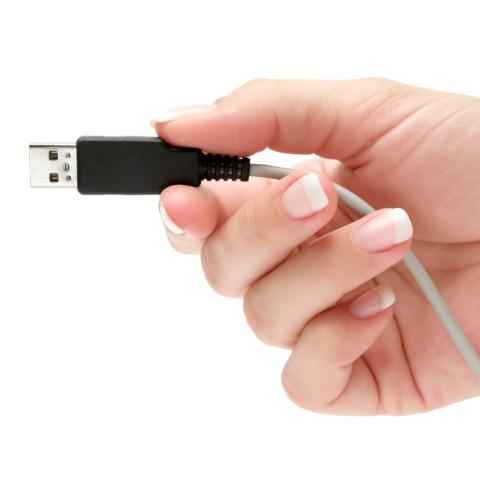Here’s why we never had a reversible USB-A plug

One of the makers of the original USB-A plug design explains why it could not be made reversible back then.
Yes, the reason is directly related to cost.
We've all been there. We've all shoved a USB Type-A plug in the wrong way into our laptops or desktops and groaned with frustration before correcting ourselves. If we're lucky, it takes two tries to get the plug in right. If we're unlucky, it takes three. And if we're super lucky, it happens in the first go. But have you ever wondered why the original USB plug was never reversible to begin with, like its younger cousin USB-C? That should have made life easier for a huge chunk of the world's population. Here's the answer.
Ajay Bhatt is an Indian-born American computer architect who led the Intel team that drafted the original USB plug design. In a recent interview with NPR, Bhatt explained why he and his team could not come up with a reversible plug design when USB-A was created in the mid 90s. If the plug were reversible, it would have needed double the amount of wires and circuits, which would have doubled the cost, making it harder to sell to PC manufacturers.
Ajay Bhatt, the man who led the team that designed the USB plug
Considering that persuading PC makers to adopt the USB port was the main task at hand, Bhatt and his team were forced to keep it cheap. They simply had to leave it at that. However, they blessed the port and receptacle with key visual indicators to tell if it was the right way up. As we all have come to experience it first-hand, it's still not all that easy to tell if a USB plug is going in the right way unless both sides are carefully examined before making the connection.
In his interview with NPR, Bhatt acknowledges the grievance of its users. “In hindsight, based on all the experiences that we all had, of course it was not as easy as it should be,” he comments. “It took us some time to prove that this technology is indispensable.” Luckily for all of us, USB-C, which was introduced some five years ago, is gradually replacing the good old USB-A plug in many laptops and desktops.
Inline image courtesy: Anthony Pidgeon/Redferns

Vignesh Giridharan
Progressively identifies more with the term ‘legacy device’ as time marches on. View Full Profile





